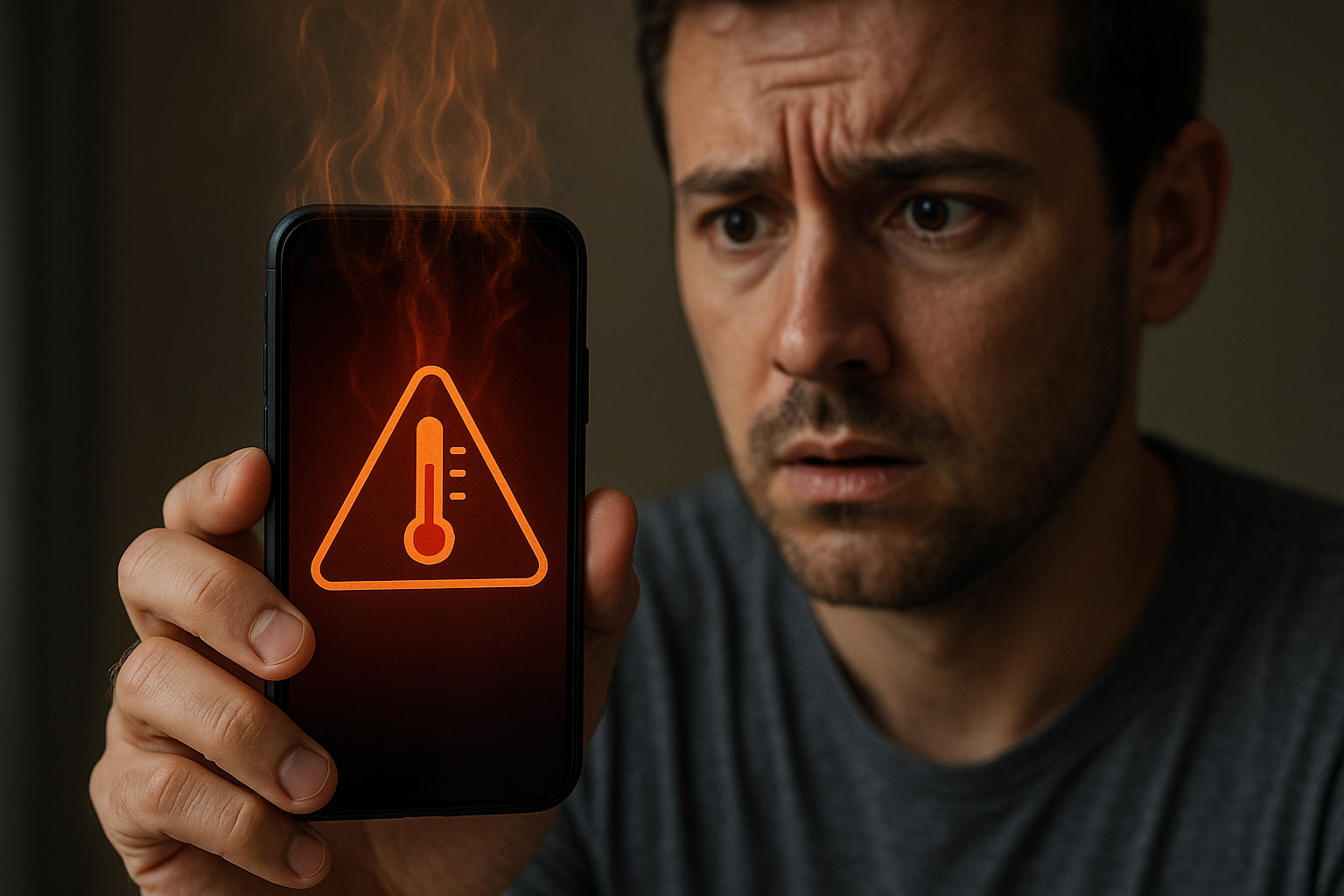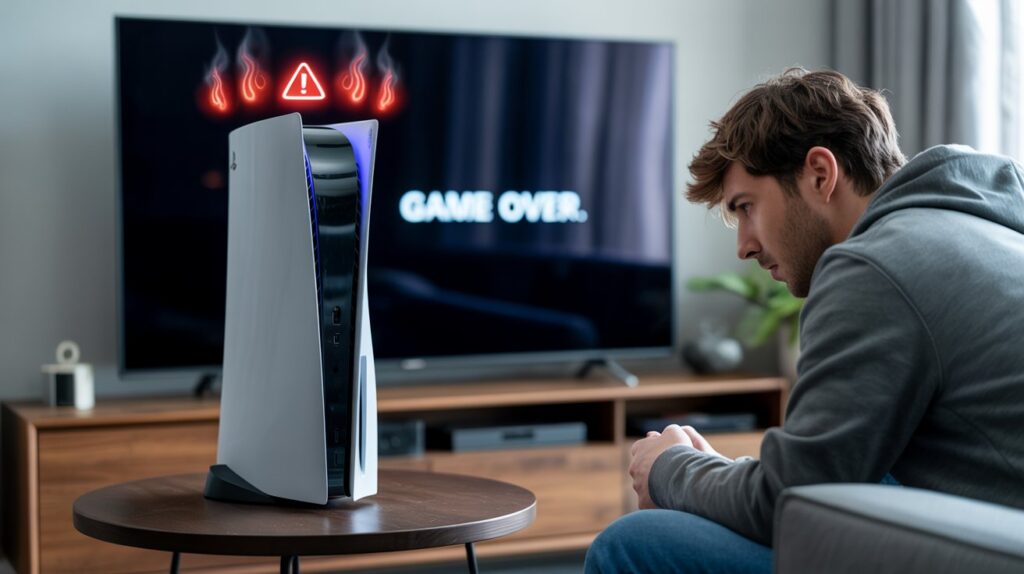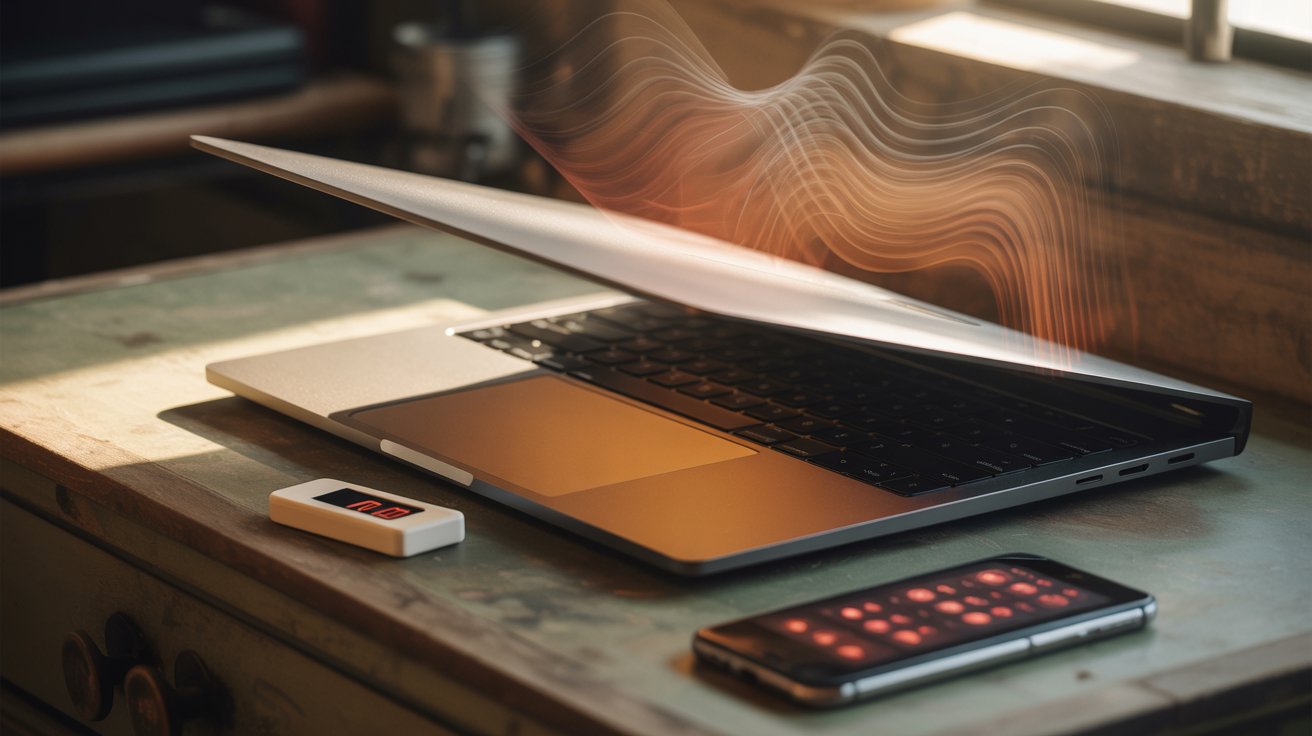Your phone is an essential part of daily life. It’s your connection to work, friends, and family, not to mention your source for news and entertainment. So, when it starts acting up, it can feel like a major disruption. You might be tempted to ignore the little glitches, hoping they’ll just go away. However, these small issues are often early warning signs of bigger problems to come.
This guide will walk you through the most common signs that your phone needs professional attention. By learning to spot these red flags early, you can save yourself from more costly repairs or even from having to replace your device entirely. We’ll cover everything from a quickly draining battery to a screen that just won’t cooperate, helping you decide when a DIY fix isn’t enough.
What Are the Most Common Signs of Phone Damage?
It’s easy to overlook small performance issues, but they are often the first indicators that something is wrong. Paying attention to these subtle changes can help you get ahead of a serious problem.
Here are some of the most common early signs to watch for:
- Rapid Battery Drain: Your phone dies much faster than it used to, even with minimal use.
- Overheating: The device feels unusually hot to the touch, especially during simple tasks like texting or browsing.
- Freezing or Crashing: Apps crash unexpectedly, or the entire phone becomes unresponsive.
- Screen Glitches: You might see flickering, lines on the display, or parts of the screen that don’t respond to touch.
- Slow Performance: Apps take forever to open, and there’s a noticeable lag when switching between tasks.
- Charging Problems: The phone charges very slowly, doesn’t hold a charge, or won’t charge at all.
If you notice one or more of these issues, it’s a clear signal that your phone needs a closer look.
Why Is Your Battery Draining Faster Than Usual?
One of the most frequent complaints from phone users is a battery that just can’t keep up. While all batteries degrade over time, a sudden and significant drop in performance often points to a deeper issue.
Normal Battery Aging vs. A Deeper Problem
Phone batteries, typically lithium-ion, have a limited lifespan. After a few years of regular use and hundreds of charge cycles, their ability to hold a charge naturally decreases. If your phone is several years old, a gradual decline in battery life is normal.
However, if your phone is relatively new or the battery life plummets overnight, something else is likely at play. A faulty battery might be the culprit, but other factors could be contributing. Software bugs, resource-heavy apps running in the background, or even a problem with the charging port can cause your battery to drain quickly.
Overheating accelerates battery degradation. Prolonged exposure to high temperatures can reduce battery lifespan, cause swelling, or lead to performance throttling. A professional can run diagnostics to determine if the battery itself needs replacing or if a software or hardware fix is required.
For example, studies show that after about 2-3 years of typical use, lithium-ion batteries often retain only 70-80% of their original capacity, which can make battery drain feel noticeably worse.
Is Overheating a Serious Issue?
It’s normal for your phone to get warm when you’re playing a graphics-intensive game, streaming video for a long time, or charging it. But if your phone feels hot during basic activities or when it’s idle, you should be concerned.
Causes and Risks of an Overheating Phone
Persistent overheating can be caused by several factors, including a struggling processor, a defective battery, or even malware running in the background. An overworked processor has to run at maximum capacity just to keep up, generating excess heat. A faulty battery can also produce dangerous levels of heat, posing a safety risk.
Ignoring this problem is not a good idea. Chronic overheating can cause permanent damage to your phone’s internal components, including the processor and the battery. In extreme cases, a dangerously hot battery can swell or even catch fire. If your phone consistently runs hot, turn it off and take it to a professional repair shop immediately.
Why Does Your Phone Keep Freezing or Crashing?
There’s nothing more frustrating than a phone that freezes in the middle of an important task. Frequent crashes and unresponsive screens are more than just an annoyance; they signal that your phone’s software or hardware is struggling.
Also, many users report visible battery health decline after about one year: capacity drops of ~1% per month are common under moderate usage. By the second year, the phone may have enough capacity loss to cause crashes, sluggishness, or shortened usage time.
Software Glitches vs. Hardware Failure
Often, these issues are software-related. An outdated operating system, a buggy app, or not enough storage space can cause your phone to become unstable. You can try basic troubleshooting steps like clearing your cache, deleting unused apps, and updating your software.
If these steps don’t solve the problem, the issue could be more serious. A failing motherboard, damaged memory, or other internal hardware problems can also lead to constant freezing and crashing. A hardware issue requires professional expertise to diagnose and fix. A technician can identify the root cause and prevent the problem from getting worse.
When Should You Seek Professional Repair Instead of DIY?
With countless tutorials available online, it can be tempting to try and fix your phone yourself. For minor software issues, a DIY approach might work. However, for most hardware problems, attempting a repair without the right tools and experience can do more harm than good.
You should always seek professional help if you encounter these issues:
- A Cracked or Broken Screen: Replacing a screen involves handling delicate components and adhesives. A mistake can lead to a completely non-functional display or damage to other parts of the phone.
- Water Damage: If your phone gets wet, turning it off immediately and taking it to a professional is the best course of action. The “rice trick” is a myth and can’t remove the mineral deposits that cause corrosion. Technicians have specialized tools to properly dry and clean internal components.
- Battery Replacement: Because battery capacity often dips below ~80% after ~500 full cycles (or ~1-2 years), replacing the battery or getting diagnostics done becomes more crucial than simply trying software fixes. Phone batteries are often glued in place and connected with fragile cables. Attempting to remove one without proper knowledge can result in puncturing the battery, which is a serious fire hazard.
- Charging Port Issues: A faulty charging port requires precise soldering to repair. Without the right equipment, you could permanently damage the phone’s motherboard.
In short, if the repair involves opening up your phone, it’s best left to the experts. They have the training, tools, and high-quality parts to get the job done safely and correctly.
Protect Your Investment
Your phone is a valuable tool, and ignoring the early signs of trouble can lead to expensive and inconvenient problems down the line. By being proactive and addressing issues like rapid battery drain, overheating, and frequent crashes, you can extend the life of your device and ensure it remains reliable. While some minor software bugs can be fixed at home, hardware issues almost always require an expert’s touch. Don’t wait for a small glitch to become a major failure consult a professional and keep your phone in optimal condition.





